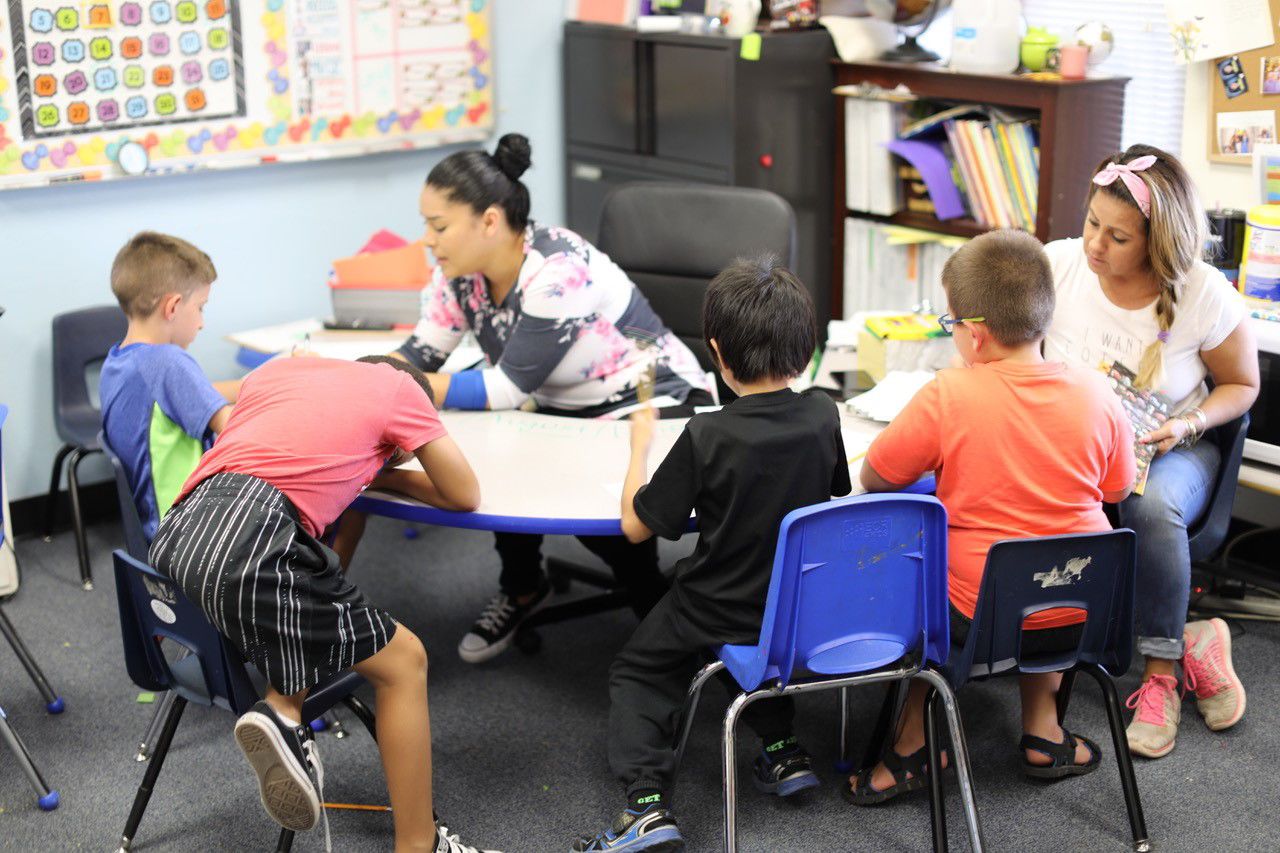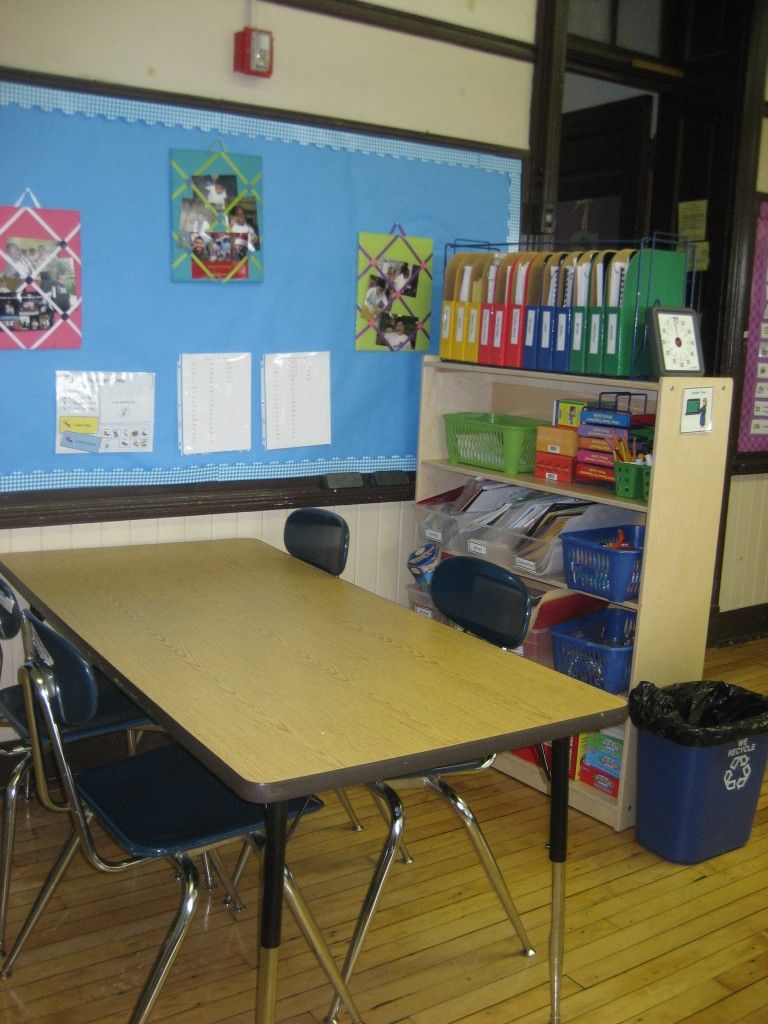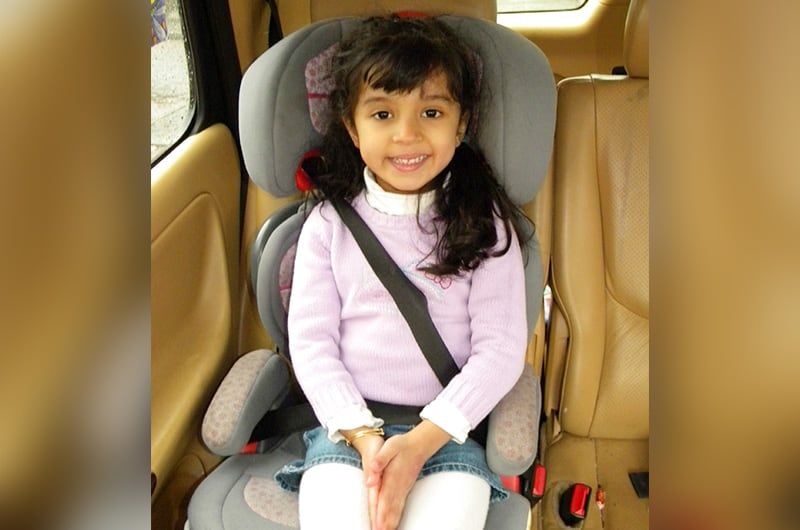How to help autistic child in classroom
6 Tips for Teaching Students With Autism
I remember pretty vividly the blank faces I would encounter when I was a kid and told people I had a family member with autism. This seemly changed overnight around the time I entered undergrad to embark on a career in special education. In the past decade or so, there’s been much more exposure and awareness of autism and its uniqueness. With the ever-growing population of children with autism, it's so important that all educators are well-versed on their needs. Here are six tips to help your students with autism thrive in the classroom.
Avoid sensory overload. Many unexpected things can be distracting to students with autism. Fluorescent lights, smells, and noises from other students can make it difficult for students with autism to concentrate. Using cool, calm colors in the classroom can help create a more relaxing atmosphere. Avoid covering the walls with too many posters or other things to look at. Some students may even benefit from their own center, where they can spend time away from any possible distractions.
Use visuals. Even individuals with autism who can read benefit from visuals. Visuals can serve as reminders about classroom rules, where certain things go, and resources that are available to students. Using pictures and modeling will mean more to students with autism than a lengthy explanation.
Be predictable. If you've ever been a substitute teacher, you know about the unspoken anxiety of being with a different class (sometimes in a different school) every day. Having predictability in the classroom eases anxiety for students with autism and will help avoid distraction. Students are less worried or curious about what will happen next and can better focus on the work at hand. Give your student a schedule that they can follow. If there are any unpredictable changes, it’s a great teaching moment to model how to handle changes appropriately.
Keep language concrete. Do any of you children of the 90’s remember the show “Bobby’s World” with Howie Mandell? Bobby would always overhear adults using figurative language and daydream of all these crazy scenarios about what he thought they meant. Many individuals with autism have trouble understanding figurative language and interpret it in very concrete terms. This may serve as a great opportunity to teach figurative language and hidden meanings in certain terms.
Many individuals with autism have trouble understanding figurative language and interpret it in very concrete terms. This may serve as a great opportunity to teach figurative language and hidden meanings in certain terms.
Directly teach social skills. The hidden curriculum may be too hidden for some individuals with autism. There are certain things that may have to be explicitly taught (like analogies). Model appropriate social skills and discuss how our behavior can make others feel. Social Thinking is a great curriculum with pictures books such as You Are a Social Detective that explain social skills in an easy to understand way.
Treat students as individuals. I’m sure this goes without saying, but I’m going to say it: It’s so important to model patience, understanding, and respect when working in a classroom with any special learners. Celebrate their success and don’t sweat it if some accommodations don’t conform to what you are used to in the classroom. Keep in mind that some of these recommendations may be super helpful for some students, while others may not need the same degree of consideration. Autism can affect individuals differently.
Keep in mind that some of these recommendations may be super helpful for some students, while others may not need the same degree of consideration. Autism can affect individuals differently.
To learn more about working with students with autism, visit The Autism Vault.
How to Support a Child with Autism in the Classroom
Below is a letter by Mrs. Kamini Lakhani, who founded Support for Autistic Individuals (SAI Connections) in 2004 in Mumbai, India. Kamini is the mother of a young adult with autism and has been providing services in the field of autism for more than 20 years. The post originally appeared on the SAI website here.
We met at a party. She was young and vivacious. We hit it off immediately as we both were from the education field.
She was a 4th grade teacher. As soon as she heard that I worked with people with autism, a barrage of questions and comments followed. You see, she was teaching a child with autism in one of her classes.
“It’s impossible to handle him.”
“He’s totally disruptive and creates a ruckus in my class.”
“What an attention seeker!”
“Do you think he should be attending regular school?”
“He can’t sit still, even for a moment.”
“I don’t think he’s capable of learning.”
“His mother is so demanding and she overestimates her child’s abilities.”
I didn’t have to say much to keep this conversation going. The occasional head nods and several “hmms” sufficed. It felt different hearing the educator’s point of view… the viewpoint of someone teaching children with autism. I’m more accustomed to hearing stories from parents about how unfairly teachers treat their children at mainstream school. It felt like the proverbial elephant. One person described the trunk, whereas the other described the torso. It didn’t feel like they were describing the same magnificent animal. Today, I’d like to address things from the view point of mainstream teachers via an Open letter.
Dear Teacher,
First, I’d like to commend you for taking up this profession. You had a choice of other more lucrative careers – but you chose to take up this noble profession. I’m certain that your intent was to make a difference in the lives of children. But here is this one student, who you can’t handle, who makes you uncomfortable, and creates a storm in your classroom. Secretly, you wish he wasn’t in your class.
You probably feel guilty about thinking these thoughts – but you just can’t deal with his odd and disruptive behaviors. I know how you feel. Mohit, my son is now 27. For 10 years of his life he attended regular schools. I had the opportunity to interact with and explain autism to several wonderful teachers. I’d like you to shift gears for a little while.
Let’s move from how you feel to how this child feels. What if you came to know that this kid is not disrupting your class deliberately. He has a differently wired brain. Not abnormal or dysfunctional – just different.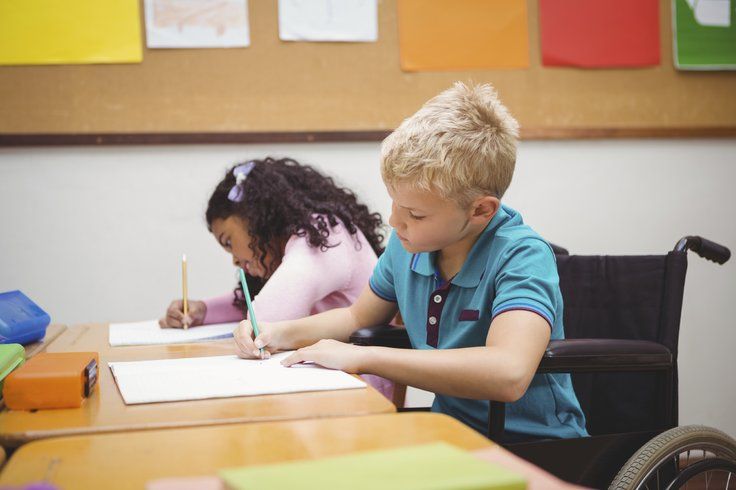 Due to the way his brain is wired, he is hyperactive and appears out of control. He seems anxious. He is unable to connect with the other children. In fact, it may appear like he’s fighting with them often! All of these behaviors are his way of crying out for help. YOUR help.
Due to the way his brain is wired, he is hyperactive and appears out of control. He seems anxious. He is unable to connect with the other children. In fact, it may appear like he’s fighting with them often! All of these behaviors are his way of crying out for help. YOUR help.
Even if this child is vocal, I can assure you that he is not able to emotionally share with you and let you know what’s going on. Can you imagine how he feels? No friends, no support and no one to understand him. Take a minute to digest what I just said. Visualize this child in your classroom. Now that you look at him differently, wouldn’t you like to help him? I’m glad to see you nod.
Here are five things you can do immediately to teach children with autism better.
- Connect with the mother. A mother is your your biggest ally. Have a heart-to-heart chat with the child’s mother. Share your difficulties. Let her know that you want to help. Ask for reports, assessments that the child may have undergone.
 Study these. These will be huge eye openers in enhancing your understanding of the child’s condition.
Study these. These will be huge eye openers in enhancing your understanding of the child’s condition. - Make a list of the child’s strengths. Every child… I repeat… EVERY child has strengths. You just have to observe them closely. The child may be extremely loving and caring, or have some skill that your other students don’t. List these out.
- Understand how he learns, This child will not learn like your other students. Many students with autism learn visually. Hence, what will help is a visual schedule. Or break things up to help him understand and stay calm. By the way, there are many ways in which a child can learn.
- Ask for additional help. You have at least 20 other children looking for your guidance. Yes, it’s not possible to pay attention to one child, while the others are in limbo. A shadow teacher or an Aide is extremely useful in this case. She can sit with the students and guides this child when he gets inattentive, so that your class can move smoothly.
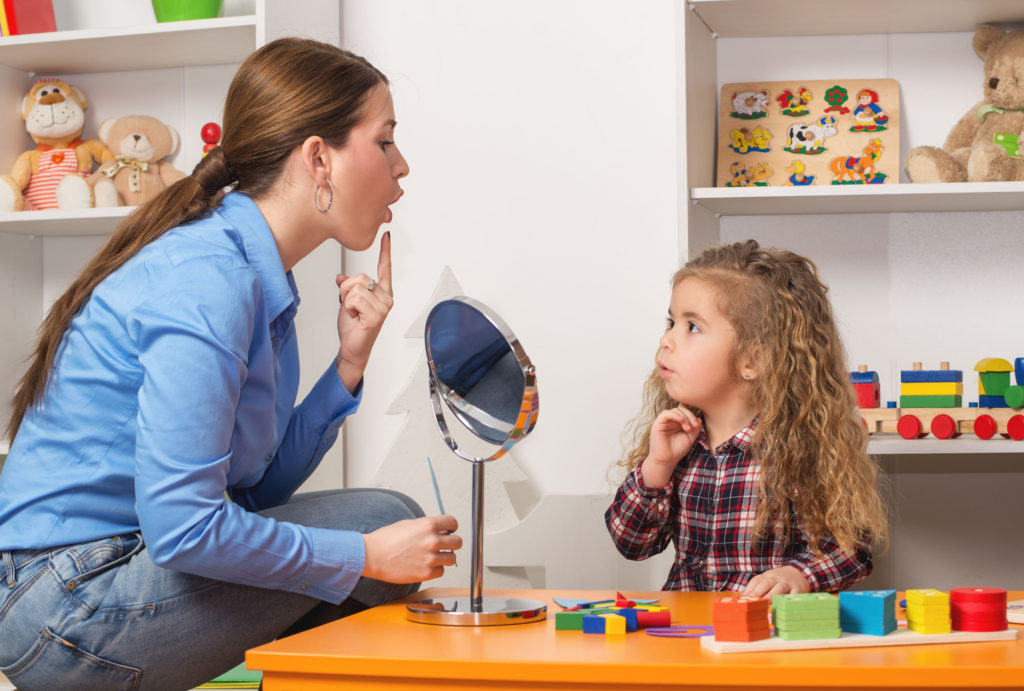
- Have a behavior plan in place Individuals on the spectrum get overwhelmed quickly because of something called sensory overload. It’s important to pick up the early signs and have a designated area where the student can go with the shadow teacher if he has a meltdown or gets anxious. He can rejoin the class when he’s ready. It makes the child feel assured and safe, and keeps your class functioning smoothly as well. A behavioral consultant can work out a customized plan, which can be followed at school.
This can be cumbersome and stretch you. I understand. But can I take you back to why you decided to become a teacher?
Here is what a couple of my mainstream teacher friends said:
“I wanted to be a teacher to create value for the next generation of our future… I wanted to make a positive difference.”
“I wanted to impart my knowledge and learn from them as well. I always want to remain young at heart by surrounding myself with kids.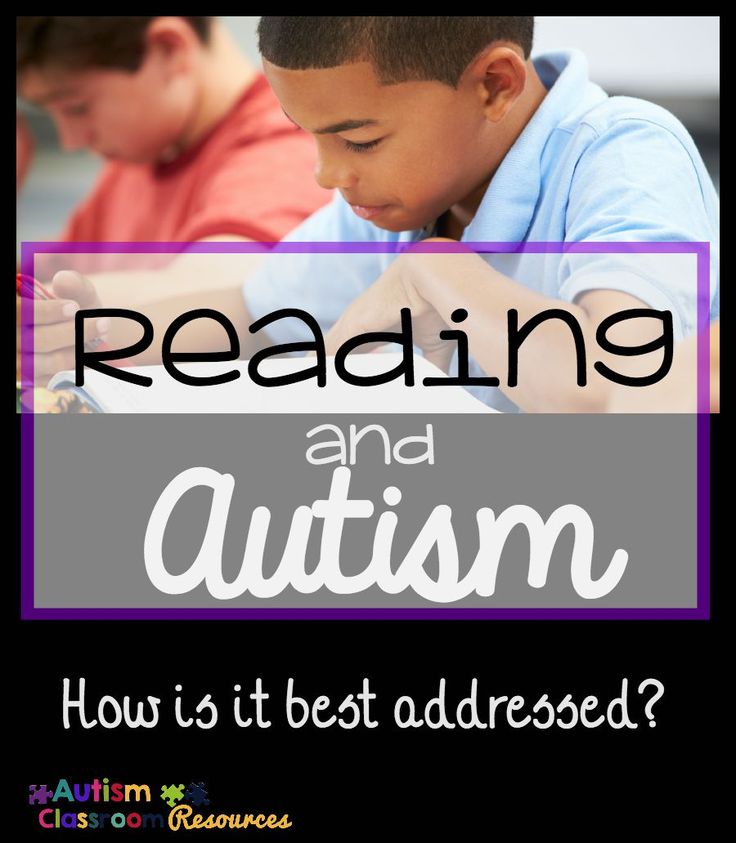 And above all – Love for kids… Love their innocence… Beautiful souls.”
And above all – Love for kids… Love their innocence… Beautiful souls.”
You, my dear friend, are a sculptor. You have taken this opportunity to impact a child’s life. Yes, this same child whom you find impossible and disruptive. By teaching children with autism, you will expand your own heart. You will create happiness for his family too. And one more thing. Your influence doesn’t just stop with this family. It creates a ripple effect. Imagine all the little ones under your care. Imagine them looking up at you with innocent, studying eyes, to see how you behave with them different. They’re watching you carefully. Remember that they will learn what you do, and not what you say. They will talk to their parents about the amazing ways in which you handled and accommodated ‘that different child’. I hope you will take this challenge of enhancing your own life, and the lives of the next generation.
Here’s something beautiful for you.
Warmest Regards,
Kamini
P.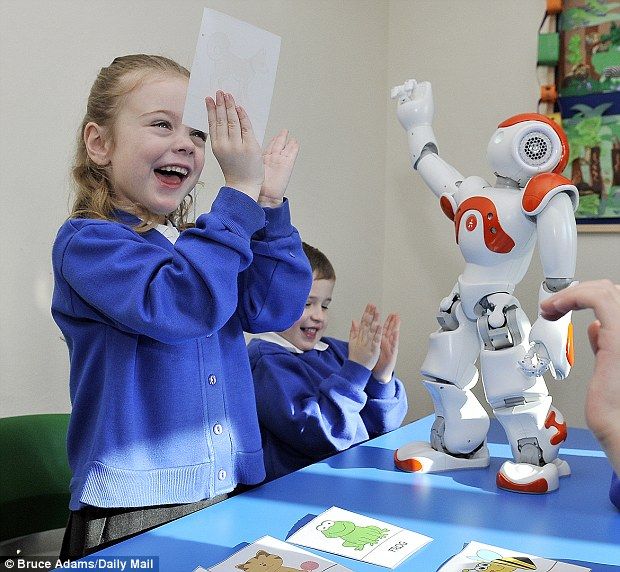 S. – Do get in touch with me if you’d like to talk about any of your ‘difficult’ cases. I can be reached at [email protected]
S. – Do get in touch with me if you’d like to talk about any of your ‘difficult’ cases. I can be reached at [email protected]
39 talking points: how to help an autistic child survive in school
Autistic girl Ayman Eckford talks about the problems she had after studying in a regular school and how these problems could have been avoided.
It's still hard for me to remember middle school, even though it's been five years since I graduated from the eleventh grade. My life has changed a lot. A civil war broke out in my country, and I was forced to leave. I settled in a city that I had never been to before. My own attitude towards many issues has changed.
Many things have changed, but some things remain the same. I still don't want to think about school and I can't calmly think about it. It is still difficult for me to get rid of some of the problems that appeared thanks to the school.
And if they asked me what was the most serious stupidity that I committed in my life, I would answer that the most stupid thing was my unconditional trust in my parents. I thought about what "willpower" meant, which my father saw as the root of all my school problems. Instead of thinking about the problems themselves.
I thought about what "willpower" meant, which my father saw as the root of all my school problems. Instead of thinking about the problems themselves.
I was thinking about how to survive in school instead of thinking how to avoid it, because I would be better off studying at home
Here I have collected information about the legal intricacies of transferring a child to family and home education. I do not consider homeschooling to be ideal and I do not think that it is definitely better than regular school education. Many autistic children themselves fight for their right to go to mainstream schools with their friends, and for many, the transition from special education to mainstream school is a life-changing experience.
There are those who are extremely badly affected by regular school, but they are not able to study on their own. For such children, small private schools are better suited. If your child has an official diagnosis and a disability, you can also choose a home-based form of education, in which the child will study at home, and teachers will come to him from school.
So, I am not promoting home education. And I do not advocate inclusive education. I advocate a logical approach to choosing a learning method that is right for your child.
Very often it is the child who can determine what form of education would be best for him
And it is quite easy for a parent to understand the objectivity of his statements if the parent tries to understand a specific school situation without using generally accepted stereotypes. In most cases, the reluctance to go to school is due to very specific problems.
In addition, being the first autistic child in a school is just as difficult as being the first black child in an American white school. Because all the differences, especially those that are considered "uncool", are perceived by the children's team extremely negatively. And very often
Autistic children need help even to get through their school years normally.
I have compiled three lists: about the education of an autistic child, about the characteristics of communication, and about the sensory characteristics of the child, which should be taken into account in school. These lists are not universal and there are many more similar items. I just drew attention to the most common problems.
These lists are not universal and there are many more similar items. I just drew attention to the most common problems.
15 Autistic School Issues to Consider for Parents and Teachers
1. Be careful about whether your child feels comfortable in the new school. Is he being bullied by parents and teachers, can he be at school despite sensory problems. Perhaps there is a need to choose another school or even another form of education.
2. Listen to your child. Remember, "I don't want to go to school" is not a whim. Whether or not you heed this statement can indeed be a matter of life and death. Most autistic people I know had serious thoughts about suicide during their school days. And they didn't kill themselves just because the circumstances were different. And most autistic people have serious psychological and sometimes even physical problems that they acquired during their school years. Before you convince your child that you should go to school because "all children go to school" and think about how terrible it would be to not live up to society's expectations, think about how terrible it would be for you if your child committed suicide.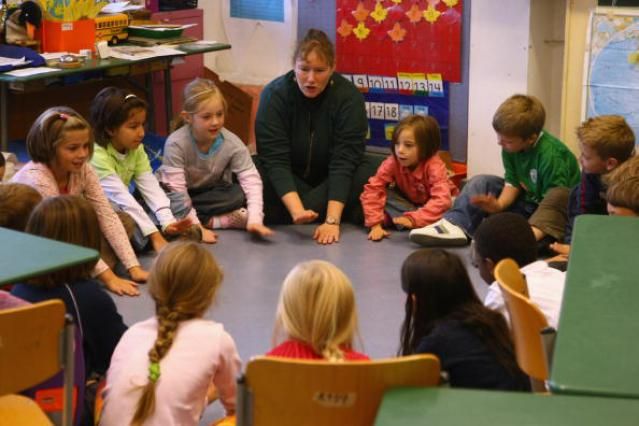 Or if he will have serious psychological problems for the rest of his life, and you will realize that it is you who are to blame for this.
Or if he will have serious psychological problems for the rest of his life, and you will realize that it is you who are to blame for this.
3. If your child wants to go to a regular school, don't deprive them of that right. After all, he will not live in isolation all his life!
Remember - your child has the right to study in a regular comprehensive school
4. Remember that inclusion and pushing a child into a regular secondary school, where no conditions are created for people like him, are not the same thing.
5. Talk about your child's characteristics with their form teacher and possibly the principal. Remember - they will notice that your child is different from other children anyway, and it is better if they know the reasons for these differences. In addition, most likely the teacher will take your child's problems more seriously if he knows that these problems have an objective reason. Most Russian teachers know nothing about autism, so it would be useful to think in advance how exactly you will tell them about it.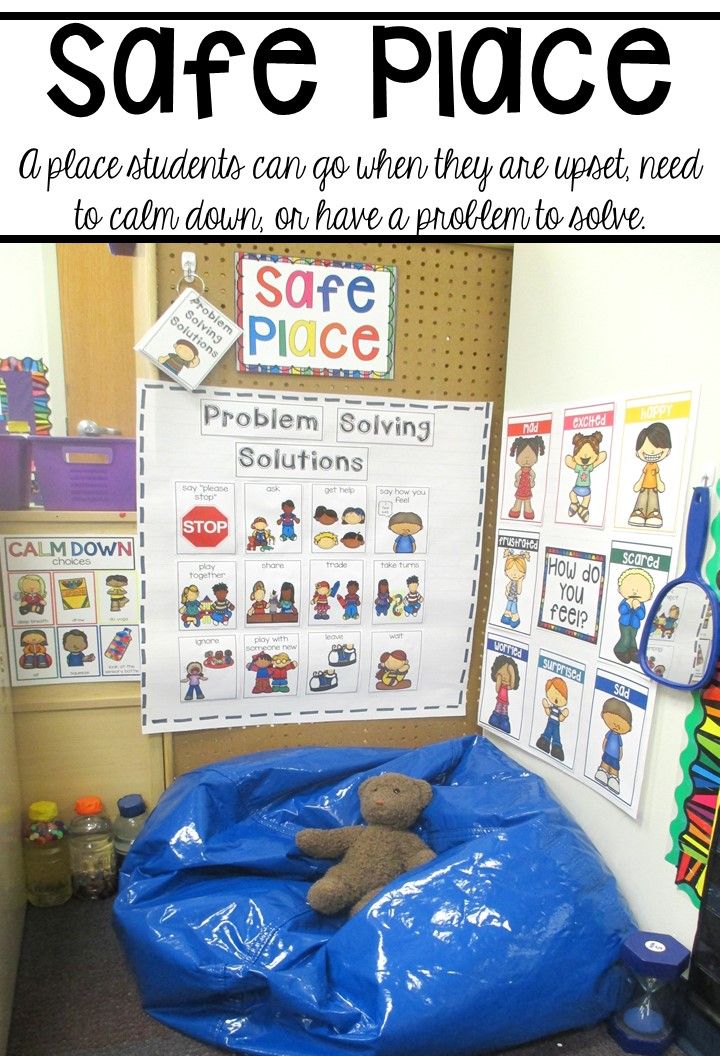
6. When talking to the teacher, pay attention to your child's specific behavior that deviates from the generally accepted norm. Most teachers evaluate a child's behavior on the basis of generally accepted stereotypes. For example, they may assume that the child is lying if he does not look into the eyes. Or think that the child does not know the lesson if he cannot formulate his answer orally.
7. If the child does not understand how to formulate his thoughts orally, explain this to the teacher and offer to give your child tasks in writing, not in oral form. Most of the autistic children I have met have not been helped to learn to formulate thoughts orally. The need to retell something orally became the reason that it was even more difficult for them to study at school and formulate anything orally, not just school texts.
8. Talk to the teacher about other aspects of your child's education. Too many autistic children are quite clumsy, and this can become a serious problem in physical education classes.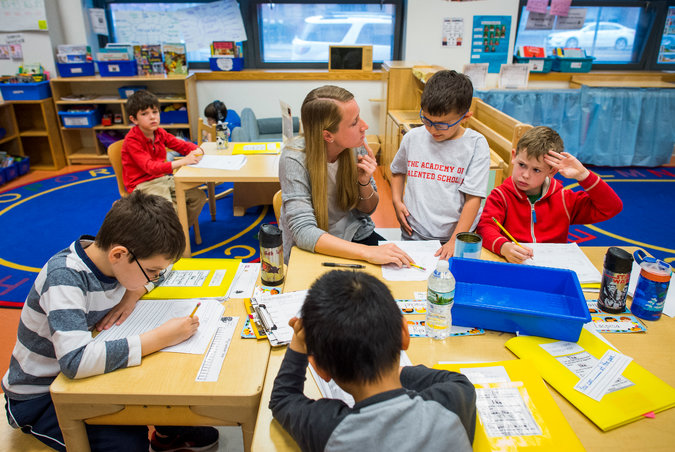 At the same time, the child himself is not to blame for his clumsiness, it cannot be overcome by an effort of will. Many autistic children have executive dysfunction and problems shifting attention. Some autistic children have problems with fine motor skills. Among autists, there are more people with dyscalculia (problems with counting), dyslexia (problems with reading) and dysgraphia (problems with spelling). In addition, an autistic child may have a comorbid diagnosis, such as ADHD.
At the same time, the child himself is not to blame for his clumsiness, it cannot be overcome by an effort of will. Many autistic children have executive dysfunction and problems shifting attention. Some autistic children have problems with fine motor skills. Among autists, there are more people with dyscalculia (problems with counting), dyslexia (problems with reading) and dysgraphia (problems with spelling). In addition, an autistic child may have a comorbid diagnosis, such as ADHD.
You know your child's perception and learning patterns better, and it's better if the teacher knows about them too.
9. Warn the teacher about the stimming of the child and ask to allow the child to stim during the lesson (unless, of course, stimming interferes with other children). For many autistic children, it is extremely difficult to give up stimming. And if they focus on not stimulating, it will be much more difficult for them to learn and absorb new information.
10. If your child's stimming is disturbing to others or may be harmful to his health, try to replace it with a less dangerous form of stimming.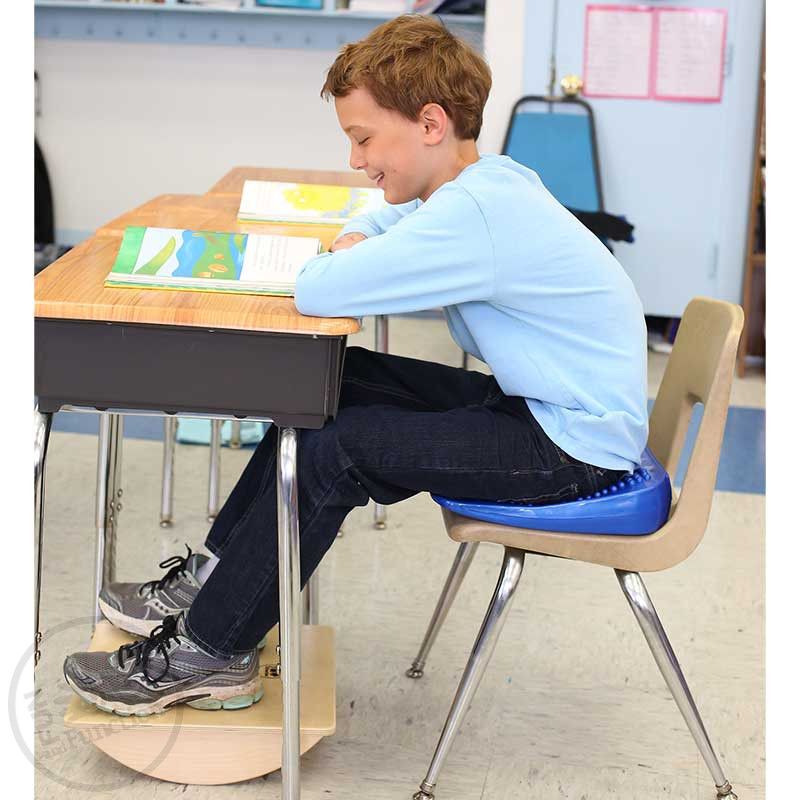
11. Explain to the teacher that some “abstract” tasks may be difficult for the child to complete. For example, make sentences with words on a given topic or draw a picture on a free topic. So many autistic children need clear tasks and directions. And those tasks that seem very simple for most children can be difficult for him, and vice versa.
12. If it is customary at school to take children to the cafeteria and feed them the same lunch, alert the teacher if your child has an intolerance to certain foods. There are more autistic people with gluten intolerance and other digestive problems. In addition, some foods are almost impossible for autistic people to eat due to their texture.
13. If your school has a strict uniform made of certain material, make sure your child can wear it. Do not force him to wear an uncomfortable school uniform.
14. Explain to the teacher that you don't want him to try to make your child "normal", forcibly socialize him and impose on him a way of thinking that your child will still not be able to accept.
15. If possible, send your child to school with a tutor. Even if your child does not have a strong need for an individualized educational plan and constant special assistance, the presence of a tutor can greatly reduce the number of school problems.
Things to talk about with your child
1. Remember that other children are likely to seem very strange and inadequate to your child. And he will most likely seem the same to them.
2. Explain to the child that class is like a lottery, and there will not necessarily be understanding and interesting people who are easy to communicate with. But there may well be such people.
It is not necessary to draw beautiful pictures for a child about “guys who will definitely become friends” and “children with whom it is interesting to chat at recess”
Let your story be more truthful. Otherwise, you may lose the trust of the child.
3. Teach your child to hit back at bullies. Explain to him that the "don't pay attention and they will fall behind" method will most likely not work. Tell us exactly what actions of classmates should be regarded as offensive and who to turn to for help.
Tell us exactly what actions of classmates should be regarded as offensive and who to turn to for help.
4. Explain to your child the difference between attack and self-defense as accurately and specifically as possible.
5. Ask your child specific questions about what is happening at school. He may not understand what exactly you want to hear when you ask him the question: “what was new at school?”. After all, there were a lot of new things. For example, an open window in class, new sweets in the canteen, a new poster on the door, a new math topic, and new attempts by your desk mate to kick your child. All this is "new". But how does he know that the teacher's story is less interesting to you than the beatings of classmates?!
6. Tell him exactly what he should tell you about. For example, beatings, strange comments from classmates that he cannot understand, grades, test dates, the need to donate money for school needs.
7. Try not to use abstract words related to describing emotions in your questions. For example, "Are you being bullied at school?".
For example, "Are you being bullied at school?".
The child may not understand how it is "offended", and since he is not offended, it means that he is not offended
8. Warn your child about things he shouldn't talk about at school.
9. Do not force a child to communicate with other children if he does not want to, so as not to cause him even greater dislike for communication. Remember that many autistic children have strong sensory overload, and it is virtually impossible for them to communicate during breaks.
10. If a child cannot speak under certain circumstances, then consider that he should be able to use alternative communication. Talk to your class teacher about this.
11. Ask the teacher to watch to see if your child is being bullied at school. If you have a friend who works at your child's school, ask him to watch him and his class. Very often, teachers and other school employees do not notice bullying. In addition, they are not able to keep track of all the children at once. Trust your child more than them.
Trust your child more than them.
12. Be patient. Perhaps some of your child's school problems will seem like a trifle to you, but remember: what is a trifle for you can be very important for him.
Sensory features of autism that teachers need to know about
1. Explain to the teacher what sensory overload is and what most often causes sensory overload in your child. Explain that sensory overload cannot be "overcome" and "tolerated".
2. Explain to the teacher that intolerance to certain sounds, lights, touches, smells, something else does not mean that these sounds, lights, touches, smells, the child is “just annoying”.
At the same time, some sensory factors that interfere and annoy most people may go unnoticed by your child. At the same time, a sound that most people do not pay attention to, or a light touch, can cause your child to have a very violent reaction.
3. Explain to the teacher how your child reacts during sensory overload. Talk to him about possible blackouts and meltdowns (tantrums) of your child. Tell the teacher what you usually do in a similar situation.
Tell the teacher what you usually do in a similar situation.
4. During a meltdown, a tantrum that can occur as a result of sensory overload, the child may behave aggressively and "inappropriately." In no case do not scold the child for this. If possible, do not touch him and do not get too close. It will be better if the child can recover outside the classroom.
5. During sensory overload, it is better for an autistic child to be in a quiet place where no one will disturb him. It's good if you can allocate a separate room for such problems, but this is not possible in all schools. Whereas a place that other children rarely go to on certain days, one can always find it at school. Ask the teacher for advice on where your child can wait out sensory overload.
6. If your child has "blackouts" during sensory overload - moments when he stops responding to all or many sensory stimuli, do not forget to warn the teacher not to try to "bring the child to his senses" at these moments.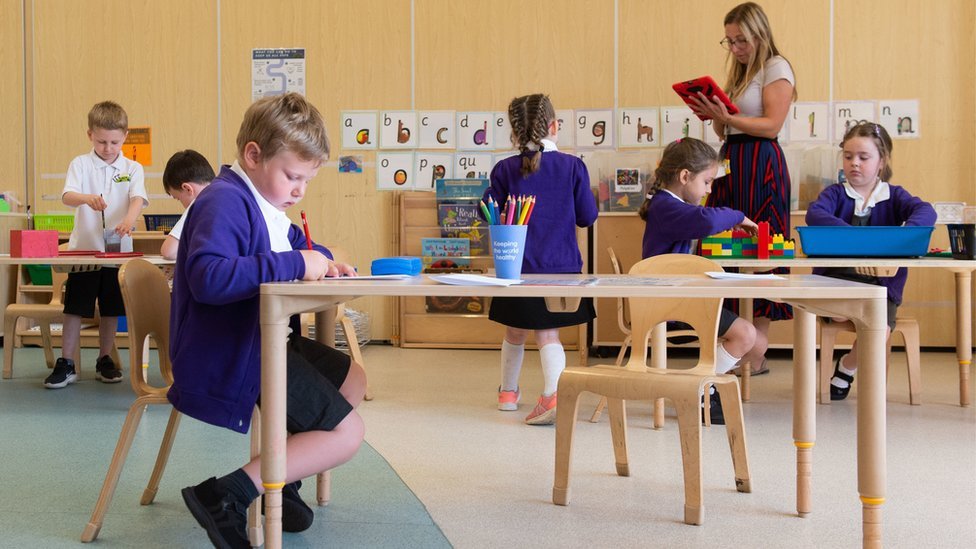 This will most likely only make things worse.
This will most likely only make things worse.
7. Some autistic children feel better if they sit in class with unplugged headphones, a hood, and sunglasses. Sometimes without it, normal learning is impossible.
8. "The school is too noisy, everyone is running and shouting" - not a "whim" of a child and not "nonsense that means that everything else is normal."
I have seen cases where noise at school was perceived by an autistic child as a more serious problem than beatings and bullying of classmates
9. Some autistics find it difficult to speak when the environment is noisy. It may be desirable for your child to use alternative communication during sensory overload, even if in a normal state he can speak and articulate his thoughts well orally. Some autistics may not even figure out how to use alternative communication during sensory overload. Even if they know how to use it.
10. The response to sensory overload is very individual. Oh, they can lead to problems that at first glance are not related to them.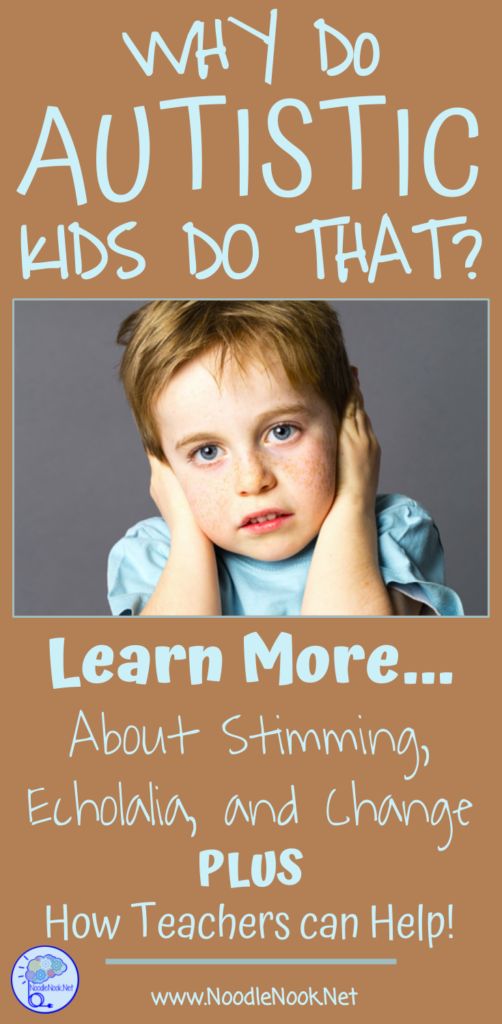 For example, they can cause nausea and vomiting, sudden tears from the slightest irritant, increased executive dysfunction, problems with concentration, and even lead to the fact that the child will fall asleep in the lesson, regardless of whether he got enough sleep or not.
For example, they can cause nausea and vomiting, sudden tears from the slightest irritant, increased executive dysfunction, problems with concentration, and even lead to the fact that the child will fall asleep in the lesson, regardless of whether he got enough sleep or not.
11. Remember, stimming helps with sensory overload. This is another reason why you shouldn't ban your child from stimming at school.
12. Be aware that autistic children do many tasks much worse and slower than neurotypical due to sensory overload, while they themselves may not be aware of such a problem and not understand how difficult it is for them to perform school tasks due to sensory problems.
Photo: iStockphoto (ElenaNichizhenova)
Image description for the blind: The teacher is facing the class. The class is photographed from the back. The children raise their hands, probably to answer her question.
How to help an autistic child - Super development
Early childhood autism
Early childhood autism is a serious developmental disorder characterized by a distortion in the course of development of mental processes, personality, speech, cognitive and psychosocial.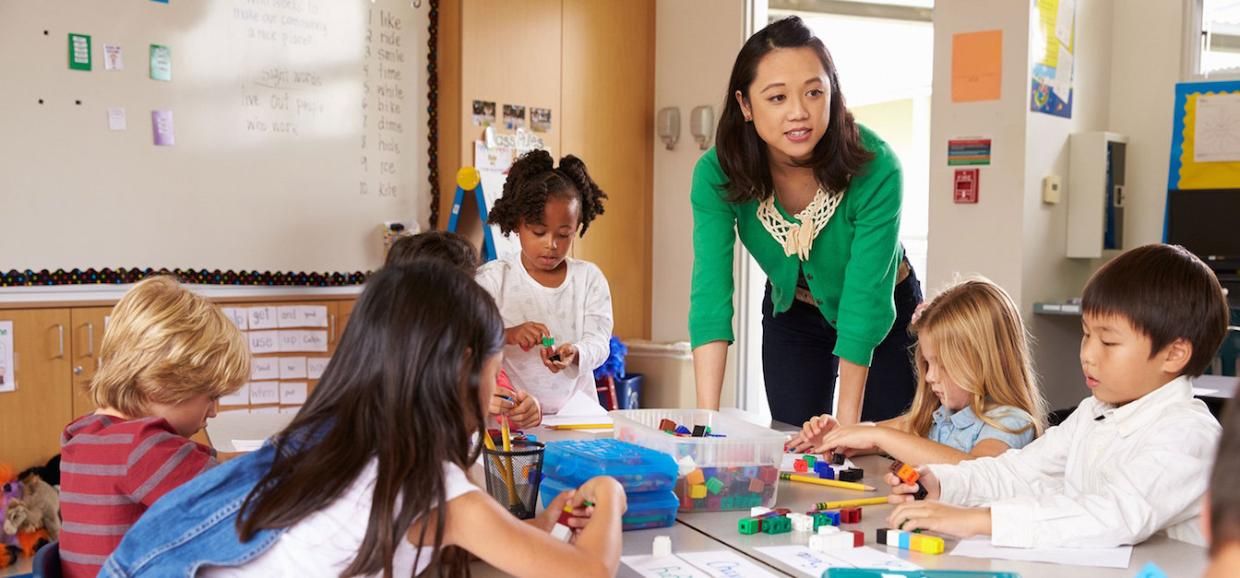
Early childhood autism manifests itself as follows:
- The child is prone to self-isolation, tries to isolate himself from the outside world and loses contact with it.
- Avoids human contact.
- Lives in a world of personal experiences.
- There are repetitive, stereotyped actions and movements, mainly directed at inanimate objects.
- Unhealthy sensory responses.
- The child has a complete or partial lack of speech skills.
If we talk about physical data, then children with such a disorder have a pleasant appearance and looking at them it is impossible to say that there is any disease of the nervous system.
Several factors have been identified that may influence the development of early childhood autism (RAI). These include:
- ICP (infantile cerebral palsy).
- Lack of oxygen during pregnancy or childbirth.
- During pregnancy, the woman suffered from infectious diseases (rubella, cytomegalovirus).

- During pregnancy, the woman suffered from overweight and disorders of the digestive system.
- Heredity. In the event that cases of autism were recorded on the maternal or paternal side.
- Early mental trauma.
RDA classification
According to the classification, children with RDA are divided into 4 groups.
| I group. With detachment from the external environment | A child who belongs to this group suffers from the most severe disorders of mental functions, he is characterized by voluntary activity. The child does not need contact with others, stereotyped actions are not observed, there is no desire to maintain his usual constancy. Features of a child with group I in the first years of life:
Parents often think that the child has a problem with vision or hearing, because he does not look for the source of the sound and does not follow the movement of the object with his eyes. It is difficult for him to adapt to others even at home. |
| Group II. With rejection from the external environment | The child is more active than in the first case. Characteristic features:
|
| Group III. With replacement of the external environment | A child of group III is characterized by:
When carrying out proper correctional work with an autistic child of group III, further education in a public school is possible. |
| Group VI. With super-braking for the environment | The child has less pathology in the affective and sensory areas. But at the same time, other disorders are pronounced:
A child with group VI is more sensitive to the negative attitude/behavior of adults, it is difficult to tolerate harsh remarks in his direction. A child's behavior is determined by the emotional state of adults. Distinguished by love for pleasant music, poetry and nature. Such a child can be prepared for education in a public school. |
Each group needs timely corrective treatment.
How to help an autistic child
A child with autism has limited ability to understand speech.
If we talk about a child with normal development, then in the first year of his life he readily reacts to the surrounding speech, he likes when people talk to him.
And an autistic child may not even respond to his own name.
The development of speech in autistic children is aimed at:
- Development of verbal and non-verbal communication.

- Formation of attention fixation skills.
- Application and use of gestures.
- The speed of communication.
- Perception of new skills.
- Understanding the meaning of actions and words.
At the same time, corrective work helps to reduce stereotypical thinking and behavior, and also increases the level of attentiveness.
The main correctional activities in the treatment of early childhood autism are psychotherapy, sessions with a speech therapist and psychological and pedagogical correction.
Play therapy, speech therapy rhythmics, art therapy, music therapy, hippotherapy are actively used.
When working with an autistic person, it is important to pay attention to the preferences and interests of the child, to take into account his abilities and strengths.
Tips for Parents of an Autistic Child
Here are a few tips parents should know:
- Day mode. An autistic child painfully perceives everything new, especially when it comes to his usual daily activities.
